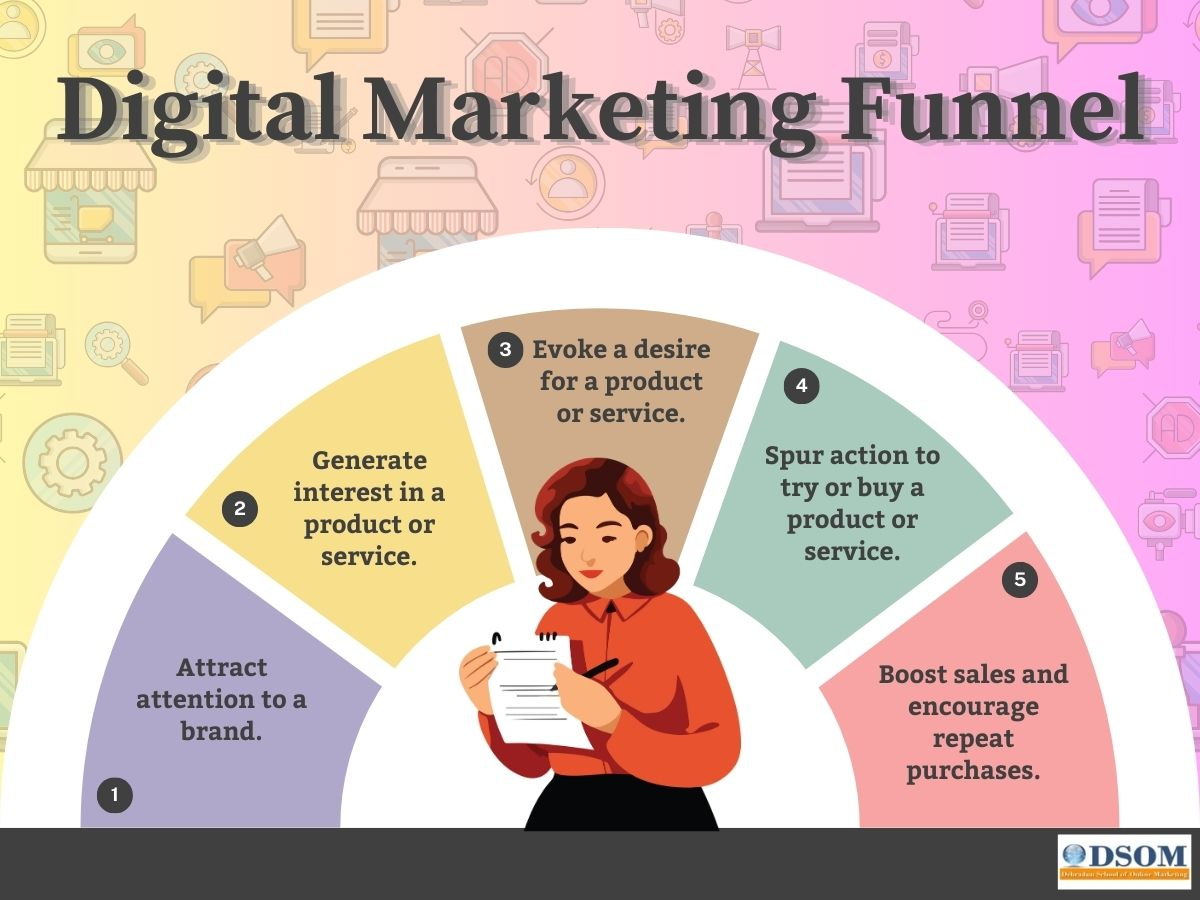Google Ads Quality Score is a rating system that determines the connection and usefulness of your ad to users searching for your targeted keywords. It is crucial for the success of your Google Ads campaigns, as it affects your ad's position and cost-per-click (CPC). In this article, we will discuss some tips on how to improve your Google Ads Quality Score quickly.
- Relevant keywords: Use relevant keywords that match the intent of the users. The more relevant your keywords are to your ad and landing page, the higher your Quality Score will be.
- Ad copy: Write ad copy that is relevant to your keywords and landing page. The ad copy should clearly communicate what you are offering and why users should click on your ad.
- Landing page experience: Make sure your landing page provides a good user experience. The landing page should be relevant to the ad copy and provide the information that users are looking for. The page should load quickly, be mobile-friendly, and have a clear call to action.
- Ad extensions: Make use of ad extensions to add more details and enhance the user experience. Ad extensions include site links, callouts, structured snippets, and more.
- Negative keywords: Use negative keywords to put stop to your ads from showing for irrelevant searches. Negative keywords can help improve your Quality Score by ensuring your ads are only shown to users who are likely to be interested in your products or services.
- Geographic targeting: If you are targeting a certain geographic area, make sure your ad copy and landing page are relevant to that location. This will improve the user experience and increase your Quality Score.
- Device targeting: Make sure your ad and landing page is optimized for the devices you are targeting. For example, if you are targeting mobile devices, make sure your landing page is mobile-friendly.
- Ad relevance: Ensure your ad is relevant to the user's search query. This can be achieved by using dynamic keyword insertion (DKI) or writing multiple ad copies for each ad group.
- Historical performance: Historical performance plays an important role in your Quality Score. If your ads have a high click-through rate (CTR), a good conversion rate, and a low bounce rate, your Quality Score will improve.
The quality score is determined by several factors, including the ad's expected click-through rate (CTR), ad relevance, landing page experience, ad format, and historical performance data. The higher the quality score, the more likely your ad will be displayed, and the less you'll pay for each click.
Google uses the quality score to secure that users see relevant ads that are more likely to result in clicks and conversions. This benefits both the advertisers and the users, as it helps advertisers to reach their target audience and users find what they are looking for more easily. Google Ads, formerly known as Google AdWords, is a platform for online advertising, where businesses can display their ads on Google's search engine results pages (SERPs) and other Google properties.
Here are some ways that Google Ads can be useful for businesses:
Targeted advertising: Google Ads allows businesses to target specific audiences based on demographics, interests, location, and other factors, which helps ensure that their ads are shown to the right people.
- Cost-effective: With Google Ads, businesses only pay when someone clicks on their ad, which makes it an economical advertising option, especially for small businesses with limited marketing budgets.
- Measurable results: Google Ads provides detailed analytics and reporting tools that allow businesses to track their ad performance and measure their ROI.
- Increased visibility: Google Ads can help businesses increase their visibility online and reach new customers who may not have discovered their business otherwise.
- Flexibility: Google Ads offers a wide range of ad formats and customization options, which allows businesses to create ads that fit their specific marketing goals and objectives.
Overall, Google Ads can be a powerful tool for businesses to reach their target audience, increase brand awareness, and drive sales and conversions If your ad materialize above the search results, it is more likely to be clicked on, which will improve your Quality Score.
In conclusion, improving your Google Ads Quality Score requires a combination of factors, including relevant keywords, ad copy, landing page experience, ad extensions, negative keywords, geographic targeting, device targeting, ad relevance, historical performance, and ad placement. By focusing on these factors and continually monitoring and optimizing your campaigns, you can quickly improve your Quality Score and achieve better results with your Google Ads campaigns. Google Ads quality score is a metric used by Google to measure the relevance and quality of an ad in relation to its keywords and landing page. It is a score ranging from 1 to 10, with 10 being the highest score.
 How to Turn Your Photos into Ghibli-Style Art with ChatGPT for Free
How to Turn Your Photos into Ghibli-Style Art with ChatGPT for Free Top 10 AI Tools for Plagiarism-Free Content Writing: Boost Your SEO & Digital Marketing Efforts
Top 10 AI Tools for Plagiarism-Free Content Writing: Boost Your SEO & Digital Marketing Efforts The Rise of Graphic Designing in 2025: A Career Guide.
The Rise of Graphic Designing in 2025: A Career Guide. The Rise of Video Editing: A Crucial Skill in 2025
The Rise of Video Editing: A Crucial Skill in 2025 Top 10 Digital Marketing trends in 2025
Top 10 Digital Marketing trends in 2025 Common Mistakes in Digital Marketing and How to Avoid Them 2025
Common Mistakes in Digital Marketing and How to Avoid Them 2025 The Future of Digital Advertising: What You Need to Know
The Future of Digital Advertising: What You Need to Know Social Media Marketing in 2024: Strategies for Maximum Engagement
Social Media Marketing in 2024: Strategies for Maximum Engagement Building a Successful Digital Marketing Funnel: A Step-by-Step Guide
Building a Successful Digital Marketing Funnel: A Step-by-Step Guide 5 ways to make money from home using AI (Artificial-Intelligence) in 2024
5 ways to make money from home using AI (Artificial-Intelligence) in 2024